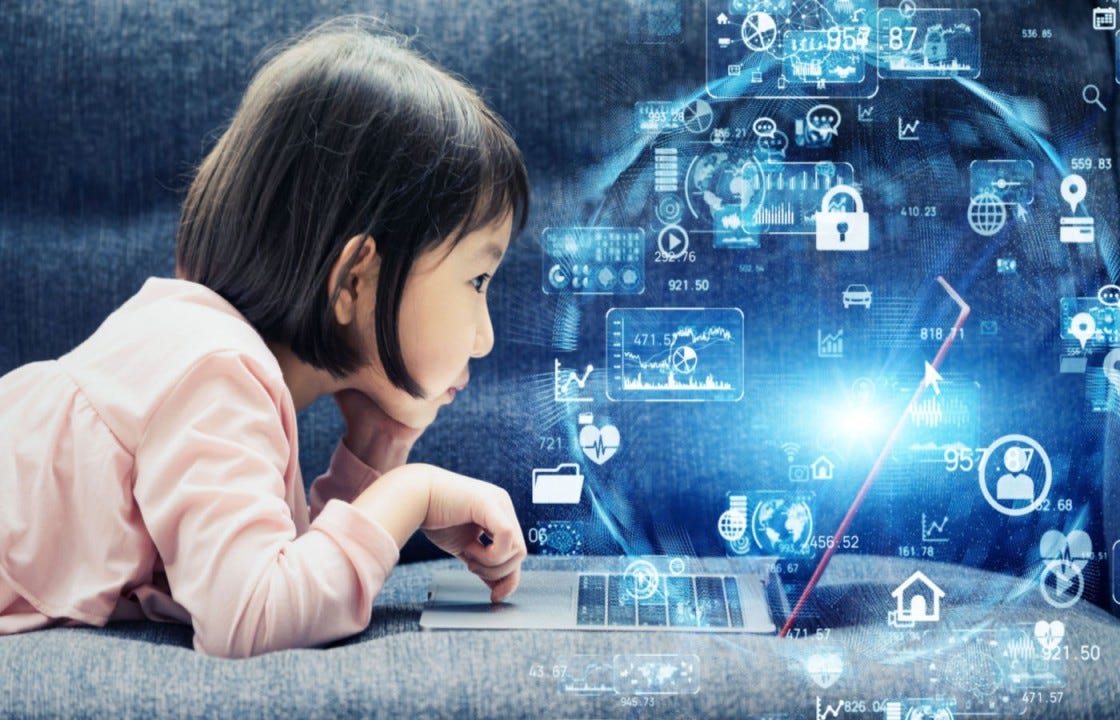Do you remember being in school and learning about math, science, and history? Well, school back then was very different than what it’s like now. Because of the advancements in technology, today’s kids are learning mind-blowing lessons that we could have never even imagined learning about only a couple of decades ago.
One of the purposes of this advancement in technology is to provide professional learning and access to students living in rural areas who lack the proper support they need. According to Discover Magazine, “Effective professional development programs include opportunities for teachers to solve problems, analyze students’ work and observe teaching practices. Teachers also receive real-time support from the program facilitators. This is often a challenge for asynchronous online programs” with real-time feedback and guidance to help enhance teacher’s and students skills. This is the beginning of a very technological future.
As Impulse Neiry wrote on Medium, “It is essential to consider the appropriate content complexity when it comes to supporting students’ attempts to learn. The key thing here is to keep a balance between engagement and fatigue while maintaining motivation to learn. To put it more scientifically: successful learning requires keeping the learner’s cognitive load within the optimal interval for a particular student.” Teachers cannot override students with too much information so they feel overwhelmed. That’s why many teachers are trying to make learning as fun as possible, especially with more difficult topics. For example, with Quantum Computing, teachers are making easy games that tackle difficult topics but don’t make it so hard that it deters the child away from learning more.
AI Technology Is The New Future

Firstly, despite all of the impressive technology kids are learning nowadays, AI has to be the most impressive. And it’s the teachers who have to master it to successfully teach kids about it. Writer, instructor, and programmer Zafer Demirkol, who writes Coding for Children, said, “The sciences and technologies that create AI require advanced knowledge of mathematics and programming. However, I do not think it is a difficult subject; rather it is a subject that cannot be explained correctly. However, one can teach any subject to any age group in an appropriate way by explaining things correctly. You need to master the subject to do it. Those who master a subject can simplify and enrich this subject; and can transfer it in a way that others can understand. It is all about the proficiency of the instructor in the end.”
If AI is explained correctly, it can have a wonderful outcome for children. “What is important is that they should be able to understand the technologies behind it and to transform them into competencies that can produce something new. Otherwise, you will not provide AI education to children by making them talk to a chatbot or introducing a photo in a ready-made application. Therefore, I developed an application that links AI services to visual code blocks, taking a step. This way, children and beginners can develop applications with visual elements without difficulty.” AI could potentially shape their future for the better, in addition to a lot of the technology we’re going to take a look at on this list (Daily Sabah).
